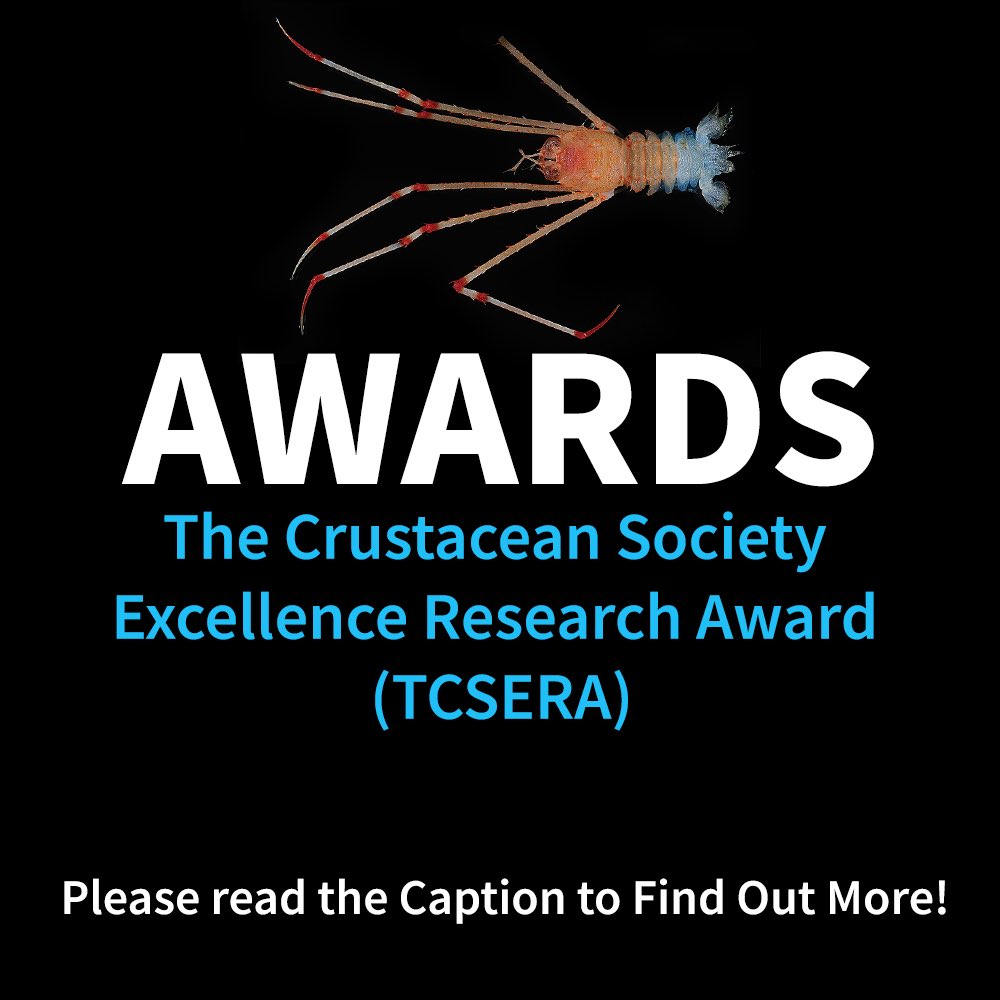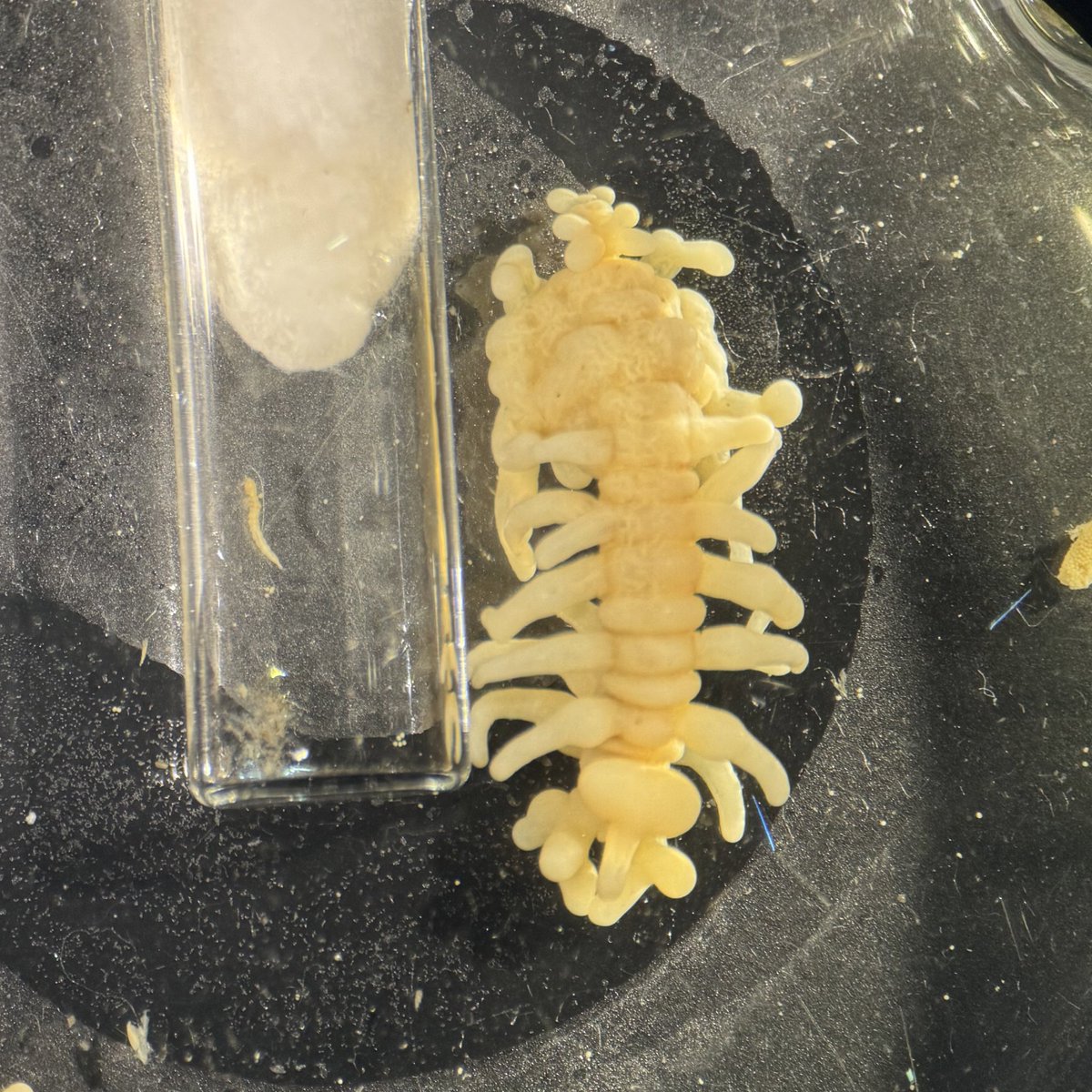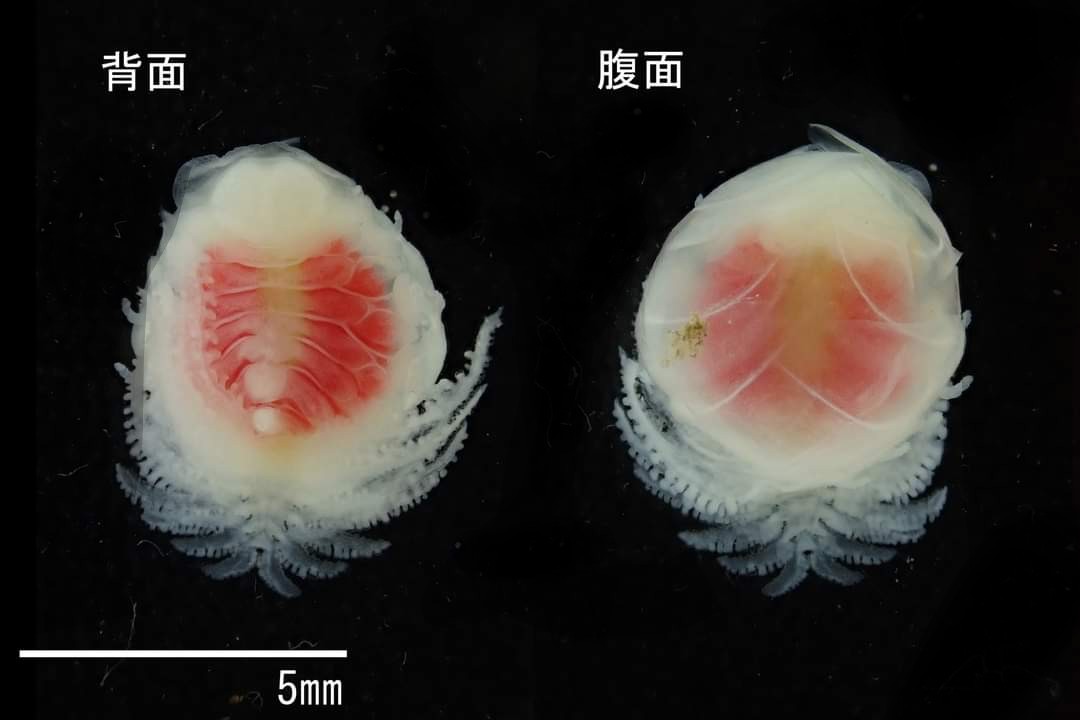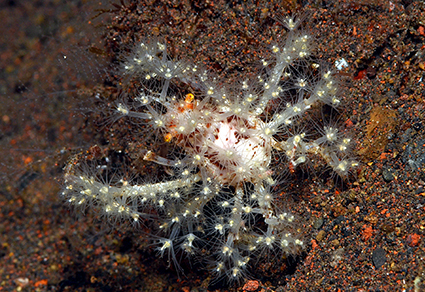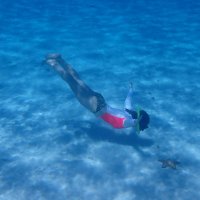
Paula Rodríguez Flores
@paularodflo
Polyphyletic ✺ Obsessed with Inverts ✺ Postdoc at @NMNH ✺ Former @MCZHarvard Biodiversity Postdoc
ID:1408466468920909826
25-06-2021 16:45:56
331 Tweets
207 Followers
144 Following

An international team of scientists studied seamounts harboring distinct ecosystems like glass sponge gardens&deep coral reefs. Experts hope to establish high-seas protected area designation for biologically rich #SalasyGomezRidge
FULL 4K highlights video: youtube.com/watch?v=eLafkl…

A #newspecies of parasitic #barnacle has been discovered on shrimp in the abyssal zone of the northwestern Pacific. 🦐
🔗 doi.org/10.3897/zse.10…
#Crustacea Keiichi Kakui

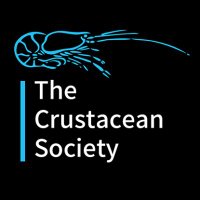

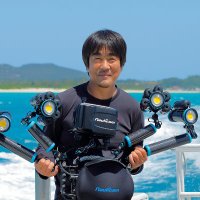

🗞️ #IEO_Baleares_Publication ➡️ 'From caves to seamounts: the hidden diversity of tetractinellid sponges from the Balearic Islands, with the description of eight new species'
ba.ieo.es/es/ultimas-pub… in PeerJ - the Journal of Life & Environment
#INTEMARES #MEDITS #PlanDeRecuperación #NextGenerationEU





A little bit late, but celebrating the #TaxonomyAppreciationDay with this new bristle millipede we described from the Iberian peninsula and Canary Islands (El Hierro). I am proud to be part of this project with Ernesto Recuero and Gonzalo Giribet
tandfonline.com/doi/full/10.10…
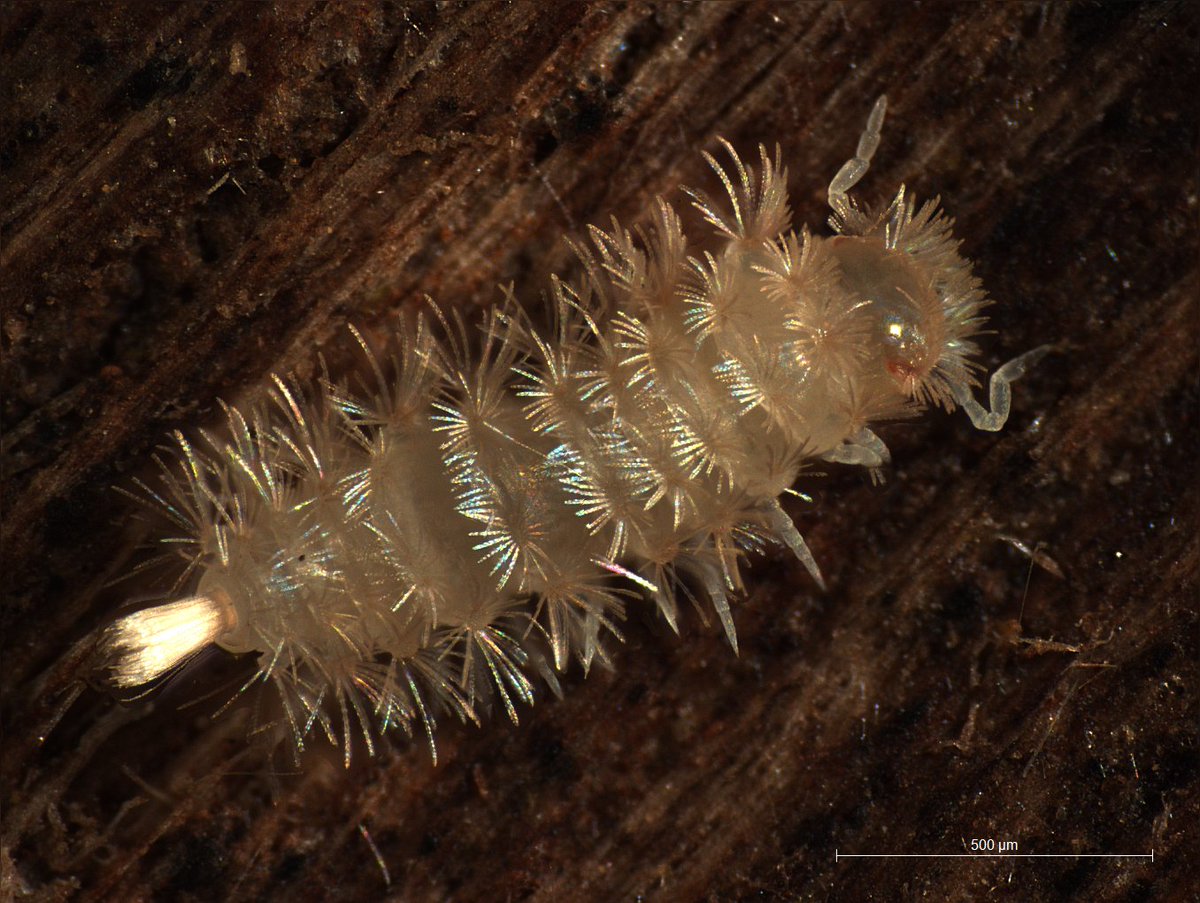

Entre el top-10!
Fulbright España me dio la oportunidad de visitar Muséum national d'Histoire naturelle y de poder hacer mi primera estancia con Kevin Kocot
Dorymenia boucheti #aplacophora #solenogastres es una de las especies que describimos con ese proyecto

It turns out that from collection to museum shelf to publication, one study found it took 21 YEARS on average for a new species to be described! Some less, some more. #taxonomyDay

Undescribed or new species continue to be found to this day, in all sorts of habitats..from the bottom of the oceans to obscure small organisms which live between moss or grains of sand. Some new species are found in very familiar habitats #TaxonomyDay

People who practice taxonomy called taxonomists often know a great deal about a single group, including its scholarly history, and are often called upon by other scientists to recognize, identify and describe new species discovered in the field. #TaxonomyDay

Although many modern day workers use DNA to distinguish species, etc. diversity taxonomy has a long relationship with natural history because studying morphology is probably one of the first things we did when studying plants, animals, etc. #TaxonomyDay
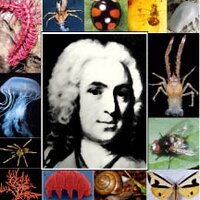
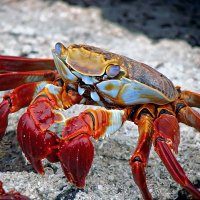

Seven #newspecies of squat #lobsters were described from the waters around New Caledonia and Papua New Guinea, Southwest Pacific. Read more about them here: doi.org/10.3897/zookey…
#crustaceans #taxonomy #marinelife
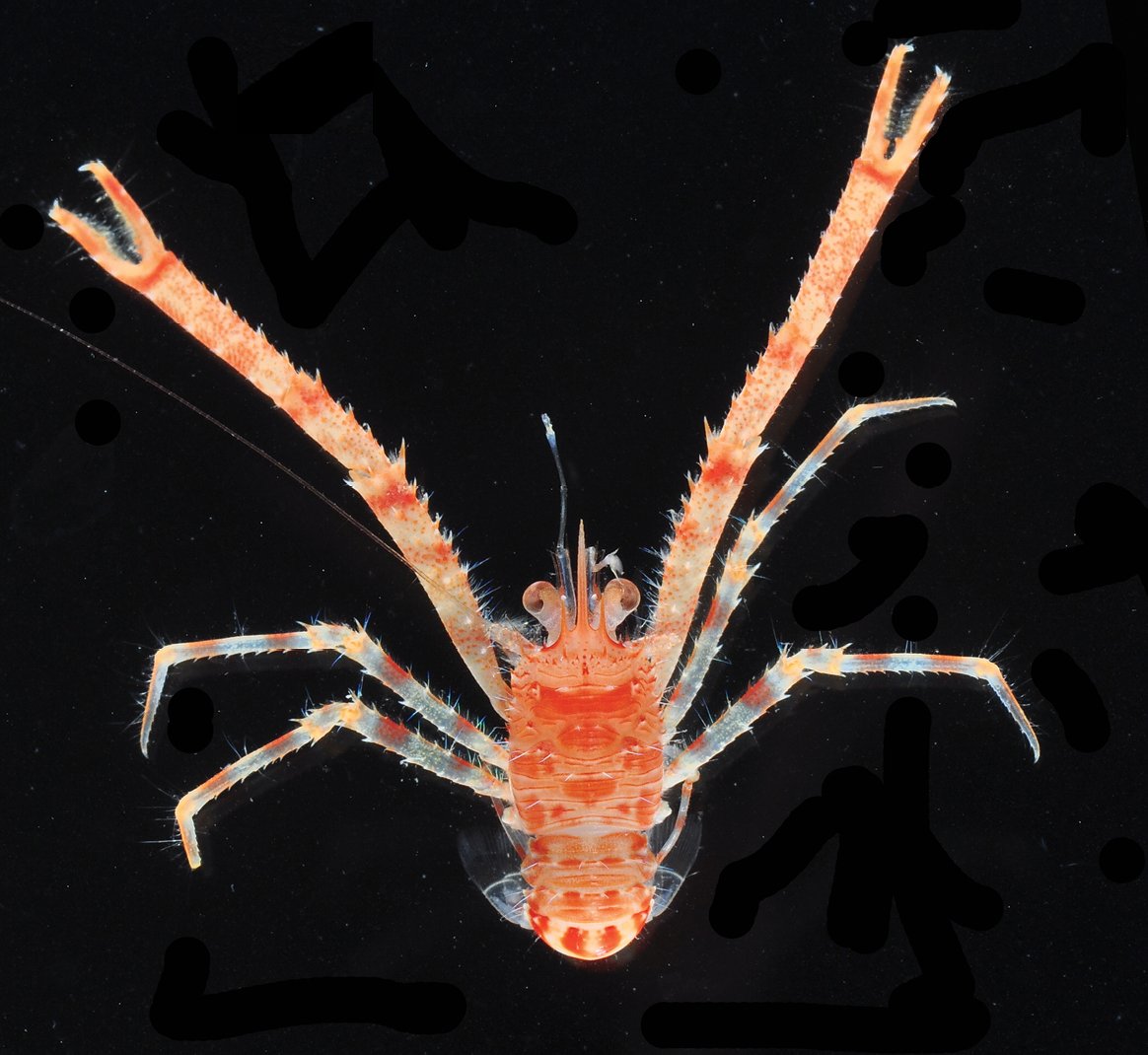

Think you've got what it takes?
Ocean scientists are hardy souls, but conditions can get rough out in the Bounty Trough. See how the team handle it.
The Ocean Census-Bounty Trough expedition continues off the coast of New Zealand’s South Island.
Follow Ocean Census 🌊
